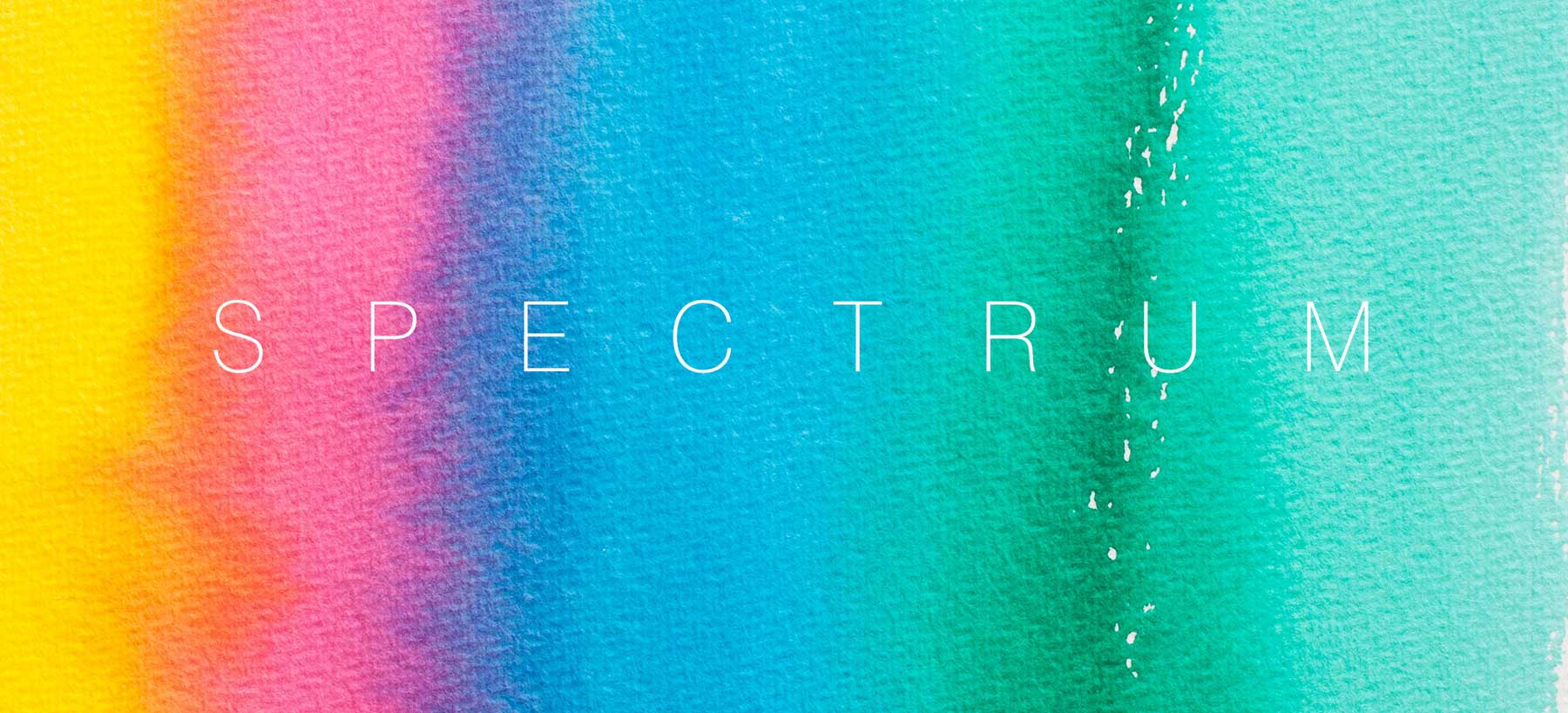Products Category
- FM Transmitter
- 0-50w 50w-1000w 2kw-10kw 10kw+
- TV Transmitter
- 0-50w 50-1kw 2kw-10kw
- FM Antenna
- TV Antenna
- Antenna Accessory
- Cable Connector Power Splitter Dummy Load
- RF Transistor
- Power Supply
- Audio Equipments
- DTV Front End Equipment
- Link System
- STL system Microwave Link system
- FM Radio
- Power Meter
- Other Products
- Special for Coronavirus
Products Tags
Fmuser Sites
- es.fmuser.net
- it.fmuser.net
- fr.fmuser.net
- de.fmuser.net
- af.fmuser.net ->Afrikaans
- sq.fmuser.net ->Albanian
- ar.fmuser.net ->Arabic
- hy.fmuser.net ->Armenian
- az.fmuser.net ->Azerbaijani
- eu.fmuser.net ->Basque
- be.fmuser.net ->Belarusian
- bg.fmuser.net ->Bulgarian
- ca.fmuser.net ->Catalan
- zh-CN.fmuser.net ->Chinese (Simplified)
- zh-TW.fmuser.net ->Chinese (Traditional)
- hr.fmuser.net ->Croatian
- cs.fmuser.net ->Czech
- da.fmuser.net ->Danish
- nl.fmuser.net ->Dutch
- et.fmuser.net ->Estonian
- tl.fmuser.net ->Filipino
- fi.fmuser.net ->Finnish
- fr.fmuser.net ->French
- gl.fmuser.net ->Galician
- ka.fmuser.net ->Georgian
- de.fmuser.net ->German
- el.fmuser.net ->Greek
- ht.fmuser.net ->Haitian Creole
- iw.fmuser.net ->Hebrew
- hi.fmuser.net ->Hindi
- hu.fmuser.net ->Hungarian
- is.fmuser.net ->Icelandic
- id.fmuser.net ->Indonesian
- ga.fmuser.net ->Irish
- it.fmuser.net ->Italian
- ja.fmuser.net ->Japanese
- ko.fmuser.net ->Korean
- lv.fmuser.net ->Latvian
- lt.fmuser.net ->Lithuanian
- mk.fmuser.net ->Macedonian
- ms.fmuser.net ->Malay
- mt.fmuser.net ->Maltese
- no.fmuser.net ->Norwegian
- fa.fmuser.net ->Persian
- pl.fmuser.net ->Polish
- pt.fmuser.net ->Portuguese
- ro.fmuser.net ->Romanian
- ru.fmuser.net ->Russian
- sr.fmuser.net ->Serbian
- sk.fmuser.net ->Slovak
- sl.fmuser.net ->Slovenian
- es.fmuser.net ->Spanish
- sw.fmuser.net ->Swahili
- sv.fmuser.net ->Swedish
- th.fmuser.net ->Thai
- tr.fmuser.net ->Turkish
- uk.fmuser.net ->Ukrainian
- ur.fmuser.net ->Urdu
- vi.fmuser.net ->Vietnamese
- cy.fmuser.net ->Welsh
- yi.fmuser.net ->Yiddish
TV Frequency Spectrum for Digital or Analog

The analog system of broadcast television was developed in the early 20th century. This method of TV transmission uses a continuous signal that varies in amplitude or frequency to convey audio and video information. Digital television uses a binary signal that is turned on and off to transmit data. Digital TV replaced analog TV in the United States in 2009 but uses a smaller portion of the electromagnetic spectrum to broadcast TV channels.
Television Broadcasting
•The Communications Act of 1934 tasked the Federal Communications Commission with licensing and regulating television and radio broadcasting, which included managing the electromagnetic spectrum by allocating frequencies to commercial, government and noncommercial users to avoid interference. Television was in its infancy, with competing mechanical and electronic systems vying for commercial dominance. Regular television programming did not appear until 1939, and there were less than two dozen TV stations nationwide. In 1941, the National Television System Committee established broadcast standards; in 1953 the NTSC followed up with a set of rules related to color transmission.
Analog Frequency Spectrum
•The FCC divided analog TV channels according to their broadcast frequencies into two broad categories: very high frequency and ultra high frequency. The lowest VHF frequency was channel 2, which broadcast in the 54–60 megahertz range, while the highest VHF channel was channel 13, which broadcast in the 210–216 megahertz range. Channel 1’s frequencies were originally set at 44–50 megahertz, but in 1940 the FCC reallocated those frequencies to FM radio and channel 1 was moved to the 50–56 megahertz range. However, it proved to interfere with other channels and was eventually dropped. Each analog TV channel uses a six-megahertz bandwidth to accommodate video and audio signals. Analog television channels occupied the electromagnetic spectrum from 54 megahertz up to 890 megahertz.
Digital Frequency Spectrum
•Digital broadcast television in the United States uses the same portion of the electromagnetic spectrum as analog TV did, and the digital channels still use a 6-megahertz range. Since digital channels don’t interfere with one another like analog channels could, the digital channels could be rearranged to use less space. The portion of the electromagnetic spectrum from 698 megahertz to 890 megahertz was reallocated, and TV channels 52 through 69 were eliminated.
Digital TV Advantages

